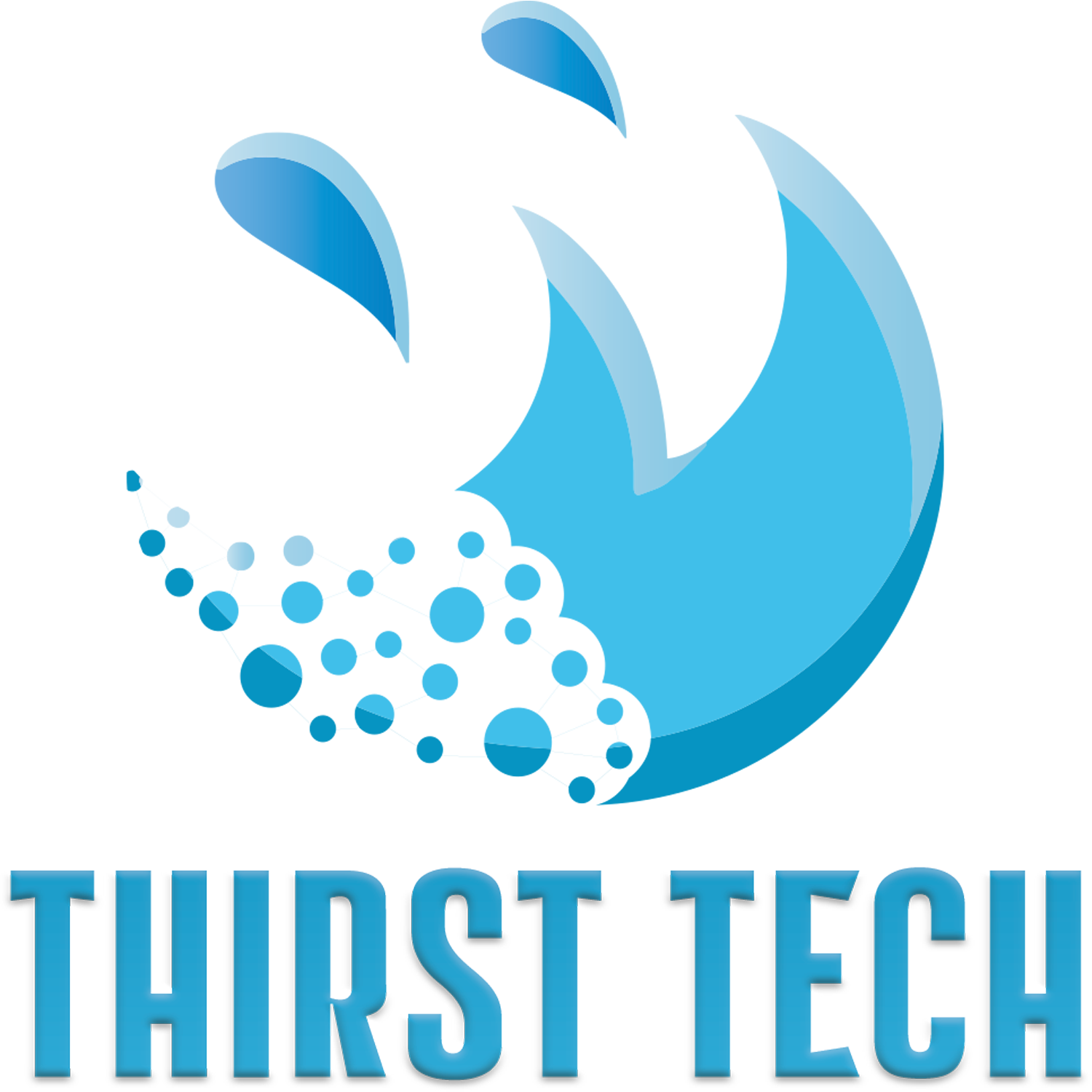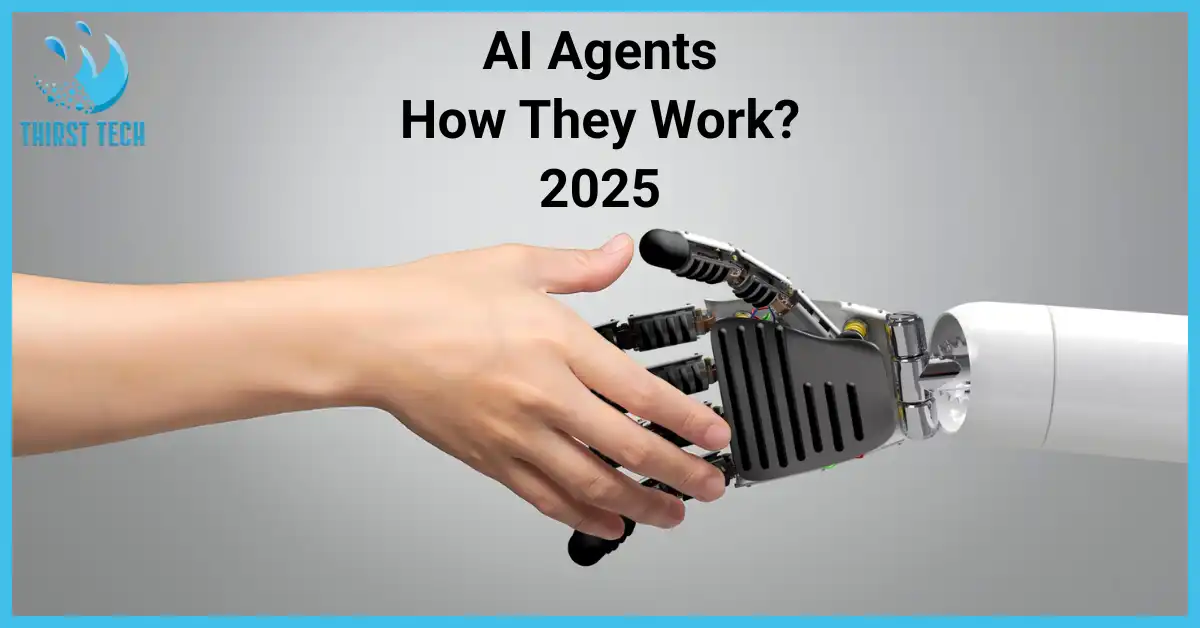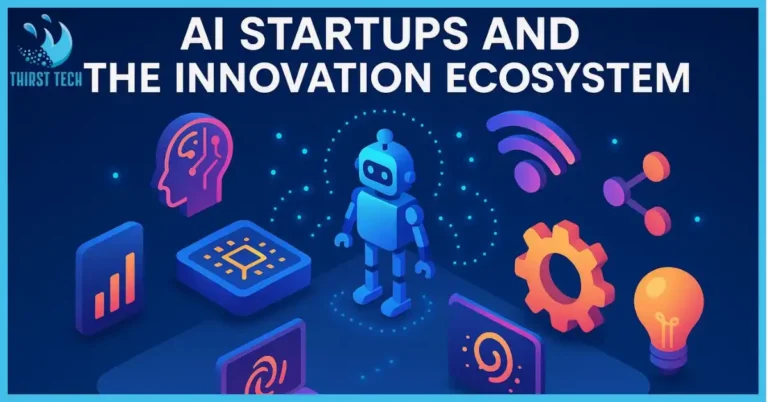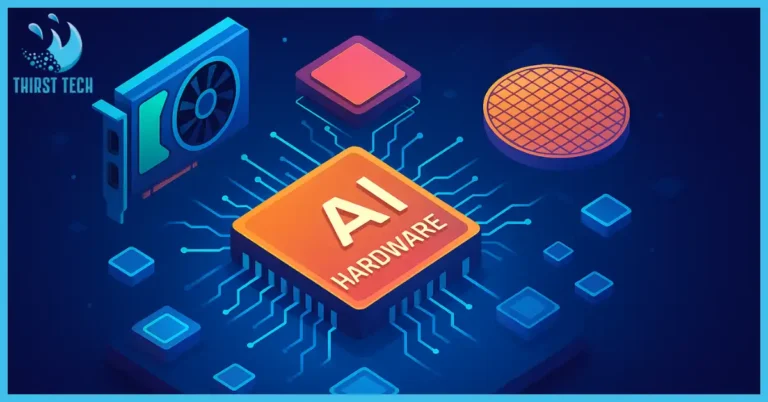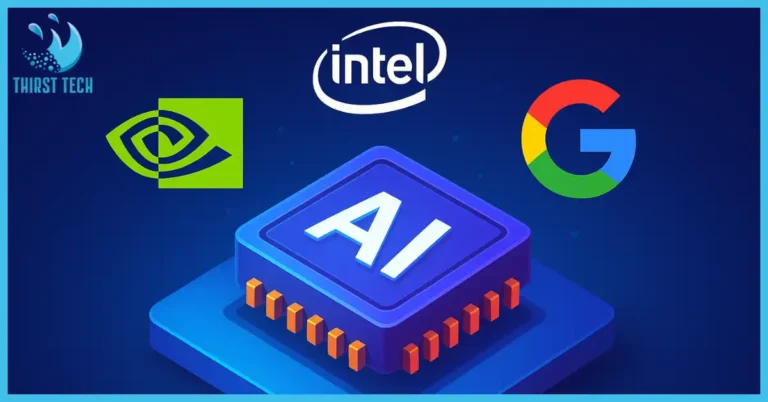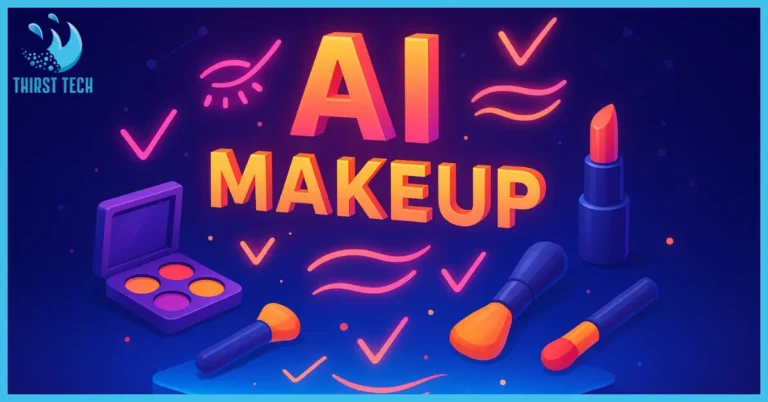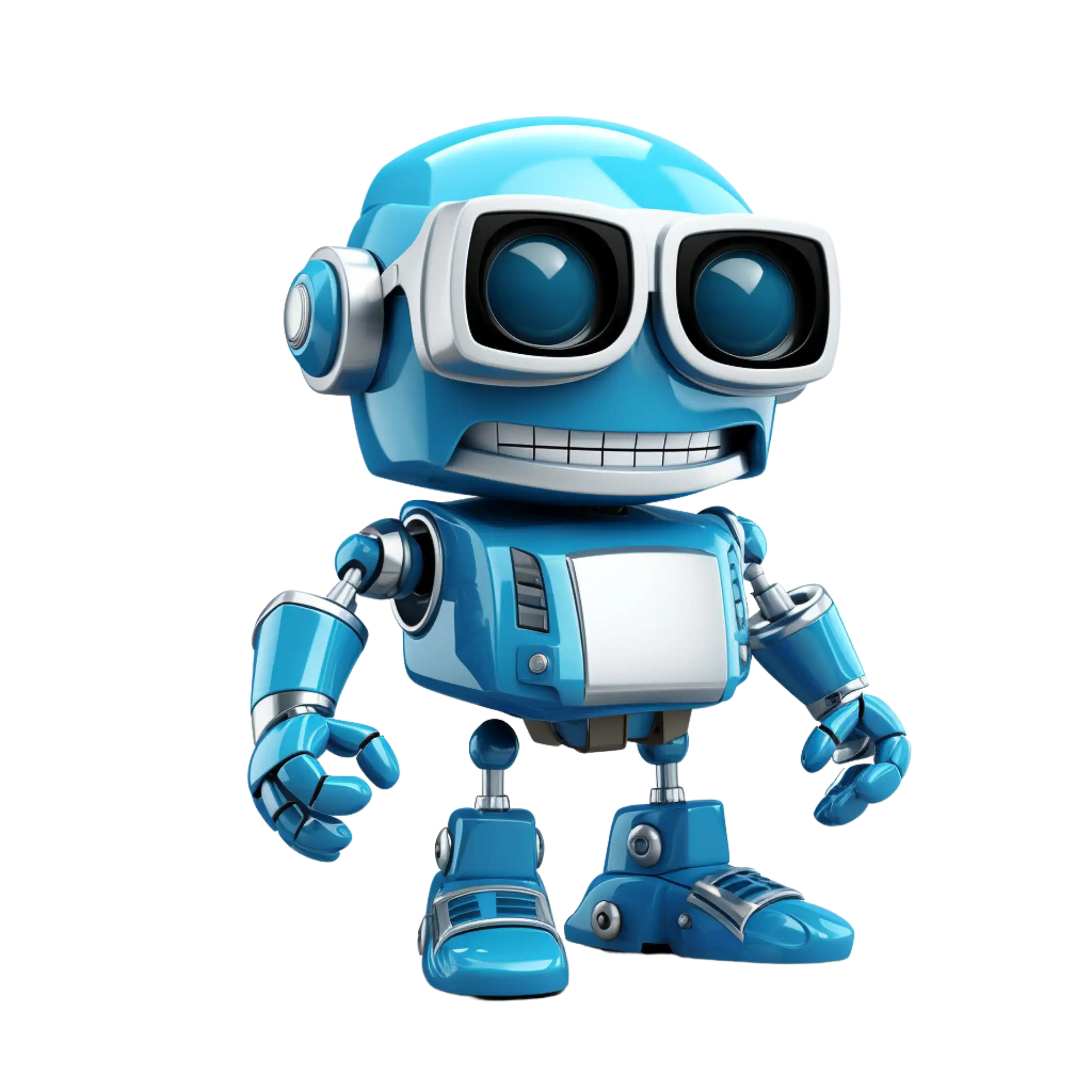AI Agents Explained: How They Work 2025
As we advance within the ever-evolving world of Artificial Intelligence, how an AI Agents Explained itself is becoming increasingly important. In the era of these intelligent systems, businesses and industries are adapting to automation, craft workflow, and decision-making mechanisms that are an entirely different ball game.
In this article, you will learn how AI agents function in 2025, along with the tech behind the scenes and the range of benefits these offer in contemporary settings.
Introduction
Artificial intelligence (AI) has been transforming the work across industries by automating complex tasks, boosting productivity. Central to this conversion are the AI agents we have discussed — intelligent, autonomous systems that can conduct data analysis, make decisions using internal models, and learn from historical interactions.
Combining concepts such as machine learning, natural language processing, and large language models (LLMs), AI agents can help businesses at every level improve workflows, customize services, and solve complex challenges with less human involvement.
Today, organizations can make dollar decisions that maximize existing resources by understanding how AI agents function as part of the advanced AI tool stack. This article explores the basics, use cases, and future trends of AI agents, allowing readers an organized guide map to implement these intelligent agents.
🔗 Related Post
Discover What Generative AI still cannot do?, from lacking true creativity to missing human empathy in decision-making.
AI Agents Explained: What Are AI Agents?
Defining AI Agents
At a basic level, AI agents are pieces of software in possession of a certain degree of artificial intelligence, enabling these entities to accomplish something on their own. They can range from basic reflex agents that respond to environmental cues to learning agents that gather data, adapt, and improve over time.
These agents, unlike traditional AI systems, operate with very low human intervention, and provide real-time responses and smart decision-making.
Key Characteristics
- Autonomous Functioning: AI agents operate independently of constant monitoring, adding a level of self-management usually not available to other types of models.
- Decision-Making Process: They create internal models of the world and make decisions based on past interactions and current data.
- Adaptability: AI agents are able to adapt to new challenges and requirements, whether through fine-tuning machine learning models or training new foundation models.
- Versatility: Whether utility-based agents that evaluate values and goals, or goal-based agents with specific aims, these systems are applicable to a wide range of applications.
🔗 Related Post
Explore Algorithmic Bias in AI – its causes, real-world effects, and solutions for building fairer AI systems.
Types of AI Agents
The landscape of AI agents is diverse. Some of the common types include:
- Simple Reflex Agents: Operate based on predefined rules.
- Model-Based Reflex Agents: Maintain an internal model to handle complex tasks.
- Learning Agents: Evolve and improve over time using data.
- Utility Agents and Goal-Based Agents: Focus on either achieving specific targets or maximizing the effective method of target setting.
Understanding the aforementioned subcategories can enlighten readers with the subtle differences between the categories and choose the perfect kind of AI agents to be more useful as per their requirements.

AI Agents Explained: How Do They Work?
How Decision-Making Actually Works
At the heart of AI agents is a robust decision-making process. These systems autonomously analyze data, assess potential outcomes, and make decisions based on an internal model of the world. In essence, AI agents work by:
- Collecting Data: Gathering real-time information and past interaction data.
- Data Analysis: Using machine learning and data analysis techniques to interpret information.
- Making Decisions: Employing algorithms that weigh various factors to arrive at optimal decisions without human intervention.
🔗 Related Post
Explore how AI is Transforming Mental Health Care through early diagnosis, personalized treatments, and predictive analytics using machine learning and NLP.
Technologies That Power AI Agents
Machine Learning and Natural Language Processing
Learning and language comprehension are the most important technologies intrinsic to the function of AI agents. Machine learning enables these agents to identify patterns, and natural language processing helps them to understand and respond to human communication.
When combined with large language models and generative AI, these technologies provide the means for personalized content creation, interactive customer support, and other customized engagements.
Workflow Integration and Automation
The AI agents are aimed at providing seamless integration into existing workflows. They automate repetitive tasks and can maintain consistent productivity and efficiency. For example, AI agents in customer service can be used to address queries through internal data analysis and personalize responses. They are invaluable in enabling an autonomous execution of task(s) in dynamic business environments.
Key Components of AI Agents
| Component | Description |
|---|---|
| Data Collection | Gathers customer data and past interactions for analysis. |
| Machine Learning Models | Uses algorithms to identify patterns and inform decision-making. |
| Natural Language Processing | Interprets and generates human-like text for effective communication. |
| Internal Model of the World | Maintains a dynamic representation of the environment to predict future states. |
| Decision-Making Algorithms | Processes data to autonomously make decisions based on set goals. |
This table summarizes the essential elements that enable AI agents to function effectively, highlighting their reliance on both advanced technologies and real-time data processing.
🔗 Related Post
Learn how AI is reshaping Transportation and Logistics through smarter routing, predictive analytics, and next-gen supply chain automation.
AI Agents vs. AI Assistants
Understanding the Differences
AI Agents Explained are often used synonymously with AI assistants; they are quite different. It will be noted that AI agents are like autonomous systems that do the work independently and make decisions, whereas AI assistants are closely integrated with human users and require more human guidance and intervention.
- Autonomy: An AI agent is designed for autonomous operation; an AI assistant is more conversational and collaborative.
- Task Complexity: AI agents are trained for complex tasks such as data monitoring and other processes like workflow automation, while AI assistants help us with simpler tasks that the user directs.
- Learning Capability: Learning agents among AI agents continuously adapt and evolve, compared to AI assistants that rely on more static programming.
Real-World Scenarios and Use Cases
AI agents automatically perform processes in full, such as responding to customers or managing logistics.
In contrast, AI Assistants are good for personal and support needs. There are positive aspects of each, but knowing how they differ is critically important for applying either one effectively to any given situation.
🔗 Related Post
Dive into How AI Models are Built and Trained, from neural networks to transformers—perfect for both beginners and seasoned developers.
Develop and Deploy the AI Agents
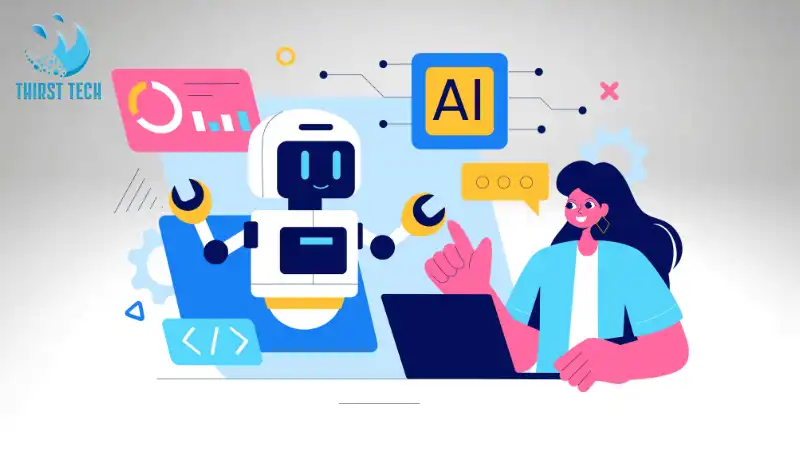
Step-by-Step Process for Building AI Agents
For organizations looking to build AI agents from scratch, the process involves several critical stages:
- Planning and Research: Define specific goals and identify the type of AI agents that best fit the organization’s needs to achieve specific goals and enhance operational efficiency.
- Design and Development: Choose appropriate ML models and algorithms to internalize the world in our machine.
- Testing & Iteration: Prototype, Deploy, and Improve with Decision Feedback Analysis (DFA).
- Integration: Organizations are hiring, up-skilling, and integrating AI agents to optimize productivity.
- Deployment and Monitoring: Deploy the agents and continuously monitor performance to ensure they perform tasks accurately and efficiently.
Roadmap to Deploying AI Agents
| Phase | Key Activities | Technologies Involved |
|---|---|---|
| Planning & Research | Define objectives; identify workflow requirements | Data analysis, market research |
| Design & Development | Develop algorithms; build the internal model | Machine learning, natural language processing |
| Testing & Iteration | Pilot testing: gather feedback | Data analytics, user feedback systems |
| Integration | Integrate with existing systems | API integration, workflow automation |
| Deployment & Monitoring | Continuous performance monitoring and optimization | Real-time monitoring tools, AI analytics |
This roadmap outlines the practical steps necessary for creating robust, autonomous systems that seamlessly use AI agents to drive efficiency and innovation.
Tools and Technologies
Developers and businesses alike benefit from a range of AI tools. Generative AI and advanced AI agents leverage large language models and foundation models to push the boundaries of what’s possible. These tools are essential when building AI agents that can adapt and autonomously manage complex workflows.
🔗 Related Post
Discover how AI is Transforming Cybersecurity Defenses through real-time threat detection, smart automation, and proactive risk prevention techniques.
Types of AI Agents and Their Applications
Exploring Different Types
It is important to understand the different types of AI agents as this will help us choose the most suitable agent for a number of tasks:
- Simple Reflex Agents: Operate on direct stimulus-response without deep analysis.
- Model-Based Reflex Agents: Incorporate an internal model to better handle changes in the environment.
- Learning Agents: Utilize machine learning to evolve over time and improve decision-making.
- Utility-Based and Goal-Based Agents: Focus on optimizing outcomes based on predefined goals and metrics.
Each type offers unique advantages. For instance, simple reflex agents might be suitable for repetitive, low-complexity tasks, while learning agents and goal-based agents are better for high-stakes decision-making scenarios.
Real-World Applications
Business and Customer Service
Using AI agents to automate customer interactions is a common practice for many businesses. They can take in customer data and provide tailored replies, as well as process orders or answer queries without any human involvement. By leveraging natural language processing and machine learning, AI agents can likewise quickly adapt to changing consumer preferences in the moment.
Data Analysis and Workflow Automation
For industries where analysing data is the most important aspect, AI agents offer critical insights by interpreting larger sets of data and spotting trends. AI agents can perform complex tasks such as risk assessment and predictive analysis, which are important in sectors such as finance and healthcare.
Advanced Operations
Indeed, in at least one case, companies use advanced AI agents for highly specialized jobs like supply chain optimization and real-time decision-making. Such agents can automatically adapt workflows in real time, preserving operational efficiencies in the face of surprise disruptions all the way through to delivery.
Benefits and Impact on Modern Workflow
Improved Productivity and Efficiency
AI Agents — Automated routine tasks have provided human agents for important strategic decisions. AI agents greatly increase productivity across industries by personalizing services and minimizing the need for human intervention.
A Better Process for Decision-Making
These algorithms use advanced decision-making mechanisms that analyse data and predict outcomes by formulating a true model of the world in some abstract sense. To analyze millions of data points to help make faster but smarter decisions, as intelligent agents learn from data patterns and decrease errors in crucial operations.
Cost Efficiency and Scalability
By automating repetitive tasks and executing them continuously, AI agents allow organizations to reduce the cost of operations. These agents, whose ability to scale with business needs means that as demand grows over time, these agents can automate more complex tasks without requiring proportional increases in human resources.
Key Benefits of Implementing AI Agents
| Benefit | Description |
|---|---|
| Enhanced Productivity | Automation of routine tasks increases overall output and efficiency. |
| Accurate Decision-Making | Data-driven insights reduce errors and improve strategic planning. |
| Cost Savings | Reduced need for constant human intervention lowers operational costs. |
| Scalability | Systems can easily scale with increased workload, ensuring consistent performance. |
These benefits highlight why ai agents explained are becoming indispensable tools for modern businesses and industries.
The Evolution and Future of AI Agents
Historical Perspective
The evolution of AI agents has been remarkable, from early traditional AI models based on rule-based systems to today’s advanced AI agents that leverage machine learning and generative AI.
In the past, simple reflex agents and model-based reflex agents dominated the landscape. Now, learning agents with the ability to adjust their internal models in real-time are leading the way.
Emerging Trends and Future Predictions
Looking at what the future holds for AI agents explained:
- Higher Levels of Autonomy: AI agents will become increasingly autonomous, making more complex decisions without human intervention.
- Integration into Advanced Technologies: Models such as Large Language Models (LLM) or foundation models will enhance their own capability in the future, with increasingly nuanced decision-making and personalization.
- More Agency-like Interaction: Agents of the future will be more agentic, interacting with other agents and possibly even human agents seamlessly in order to do things like customer service and data analysis.
- Real-time Adaptation: The ability to adapt in real-time and forecast future states will be a critical feature of high-performance AI systems. It can enhance the overall workflow in dynamic business environments.
The evolution of AI agents marks a major step forward in how businesses use AI to drive innovation, improve efficiency, and get ahead in an increasingly competitive landscape.
Challenges and Remarks
The Technical and Ethical Challenges
Clearing the way for AI agents comes with many obstacles. The first major one lies in ensuring that these systems are secure and behave ethically. Certain potential problem areas are:
- Data Privacy: AI agents, which are continually collecting data and processing personal information, must take resilient measures to protect the privacy of customers.
- Bias Complexity: But how can we ensure that the decision-making process remains unbiased, especially when AI agents are autonomous?
- Technical Limitations Explained: Building models of AI agents requires a deep understanding of machine learning and natural language programming. And assimilating these systems into already-existing workflows? Far from being a walk in the park.
Mitigation Strategies
To address those challenges, organisations should:
- Embed Rigorous Testing: Continuously test and monitor AI agents to ensure that they are performing as planned.
- Lay Out Ethical Guidelines: A set of guidelines on data use and bias needs to be created in order to ensure fairness.
- Train Skilled Personnel: Ensure that teams are equipped with the necessary skills to develop and manage complex AI systems.
These methods can help businesses to overcome possible obstacles and ensure that their AI agents offer continued and dependable performance.
Conclusion – AI Agents Explained
The journey from conventional AI agents with simple rules to a system of complex, autonomous agents is testimony to the rapid advances in artificial intelligence. By mastering what AI agents are, how they work, and the various forms they take, organisations can make informed decisions about integrating these tools into their workflows.
Quickly, for businesses to plunge headlong into the digital age and embrace AI agents is not optional but an imperative. As such, intelligent agents adept at learning to know and relate to their own environment effectively are the demand for the future.
FAQs
1. What does an AI agent do?
As these intelligent agents aspire to reach the highest level of development, they are able to collect data, process that information using machine learning models, and also take actions that are autonomous. These agents can help to automate complex tasks, analyze data, and improve workflows without constant human intervention.
2. How many types of AI agents are there?
There are several types of AI agents; simple reflex agents, model-based reflex agents, learning agents, utility-based agents, and goal-based agents. Each type is designed to handle different kinds of tasks, according to their complexities and nature.
3. When should a business use an AI agent?
AI agents explained can be used in many different applications such as automating customer service, data analysis, and workflow optimization. They are especially useful in situations where tasks require real-time decision making and require little human intervention.
4. How do AI agents work?
AI agents operate on the principle of data collection (and for this, Machine Learning is used, along with Natural Language Processing), then the agent uses its internal model of the world to make autonomous decisions. This allows them to manage sophisticated tasks and adapt to our ever-changing surroundings.
5. Can I build AI agents from scratch?
Yes, building AI agents from scratch involves planning, designing, testing, integrating, and deploying the system. Leveraging technologies like generative AI, foundation models, and natural language processing, developers can create systems that effectively use AI agents to automate and enhance workflow processes.
Final Thoughts
In today’s tech-centric world, understanding how AI Agents Explained is crucial for anyone wishing to utilize the might of advanced AI. As we enter an era where 2025 is in clear vision, the transformative capabilities of these independent agents will become progressively powerful, rendering them invaluable catalysts to innovation and operational competency. Having explored the types, advantages, and obstacles, organizations can successfully embrace AI agents and future-proof their digital strategy.
Not only does embracing this technology translate to increased productivity and personalization, but it also lays the groundwork for a future of more intelligent, adaptable workflows that will keep businesses ahead of the curve in an increasingly digital world.
Sources
